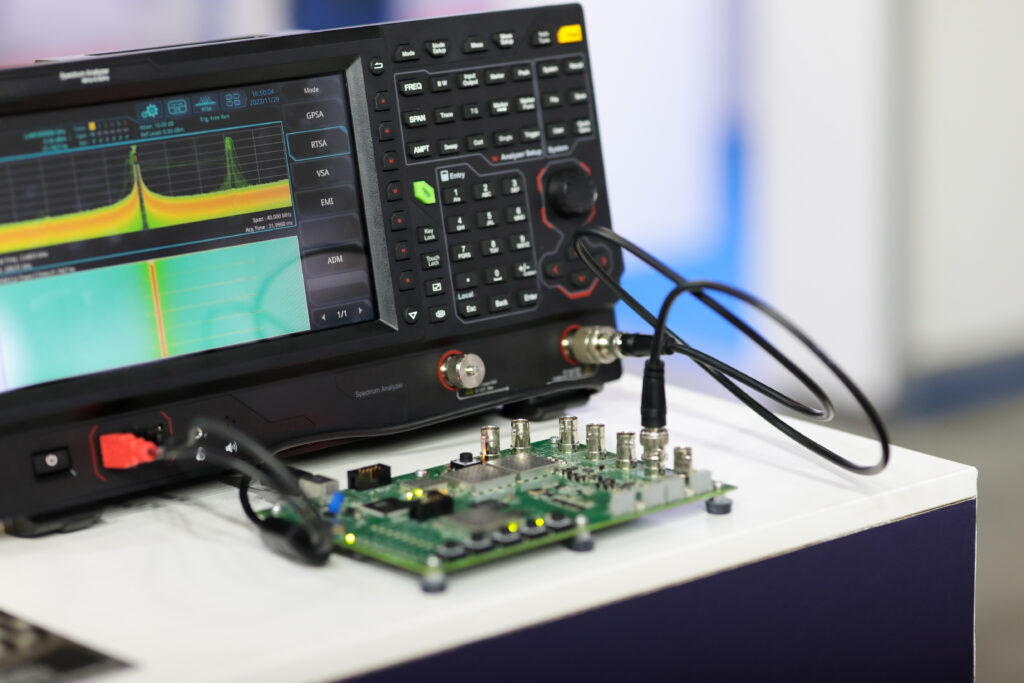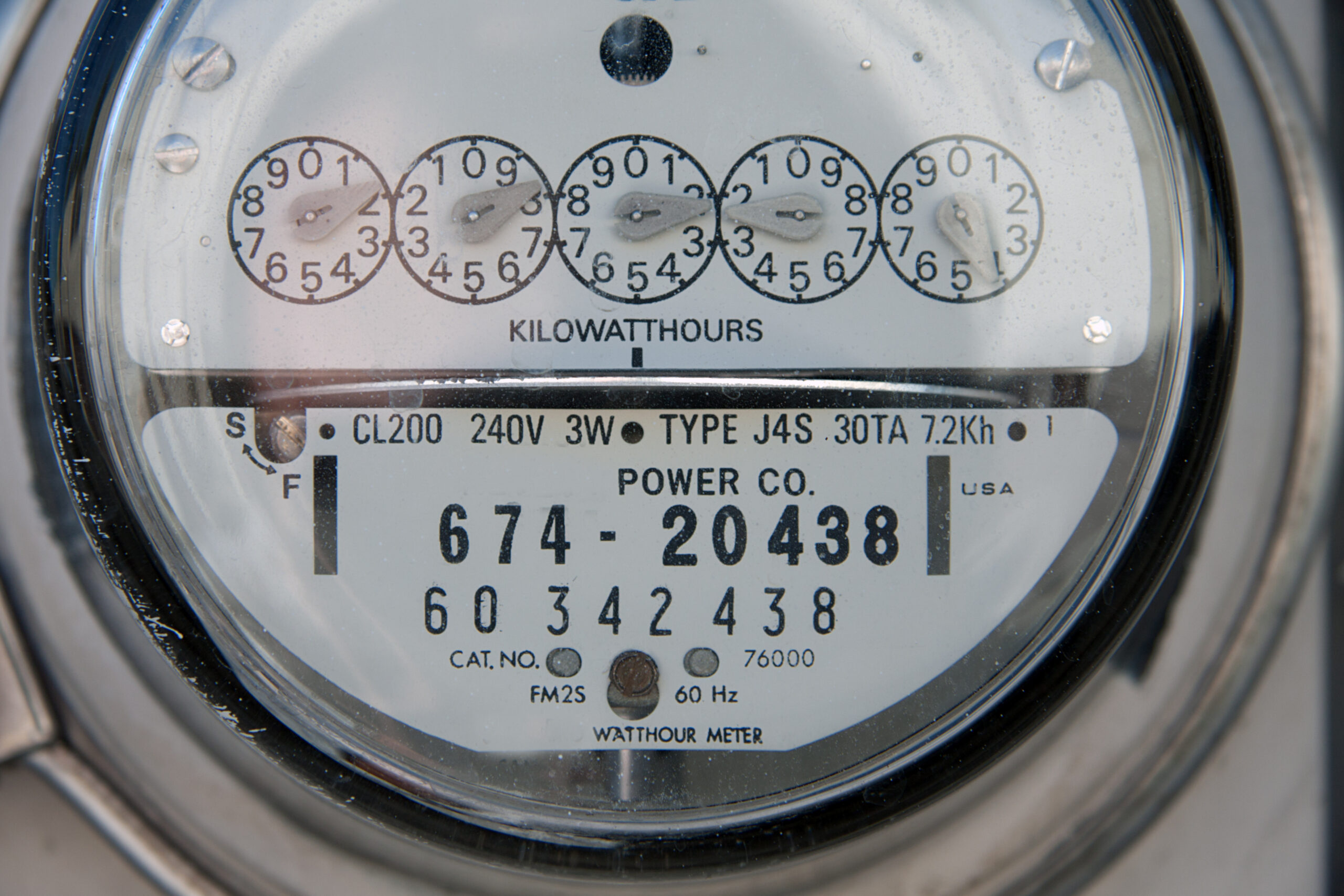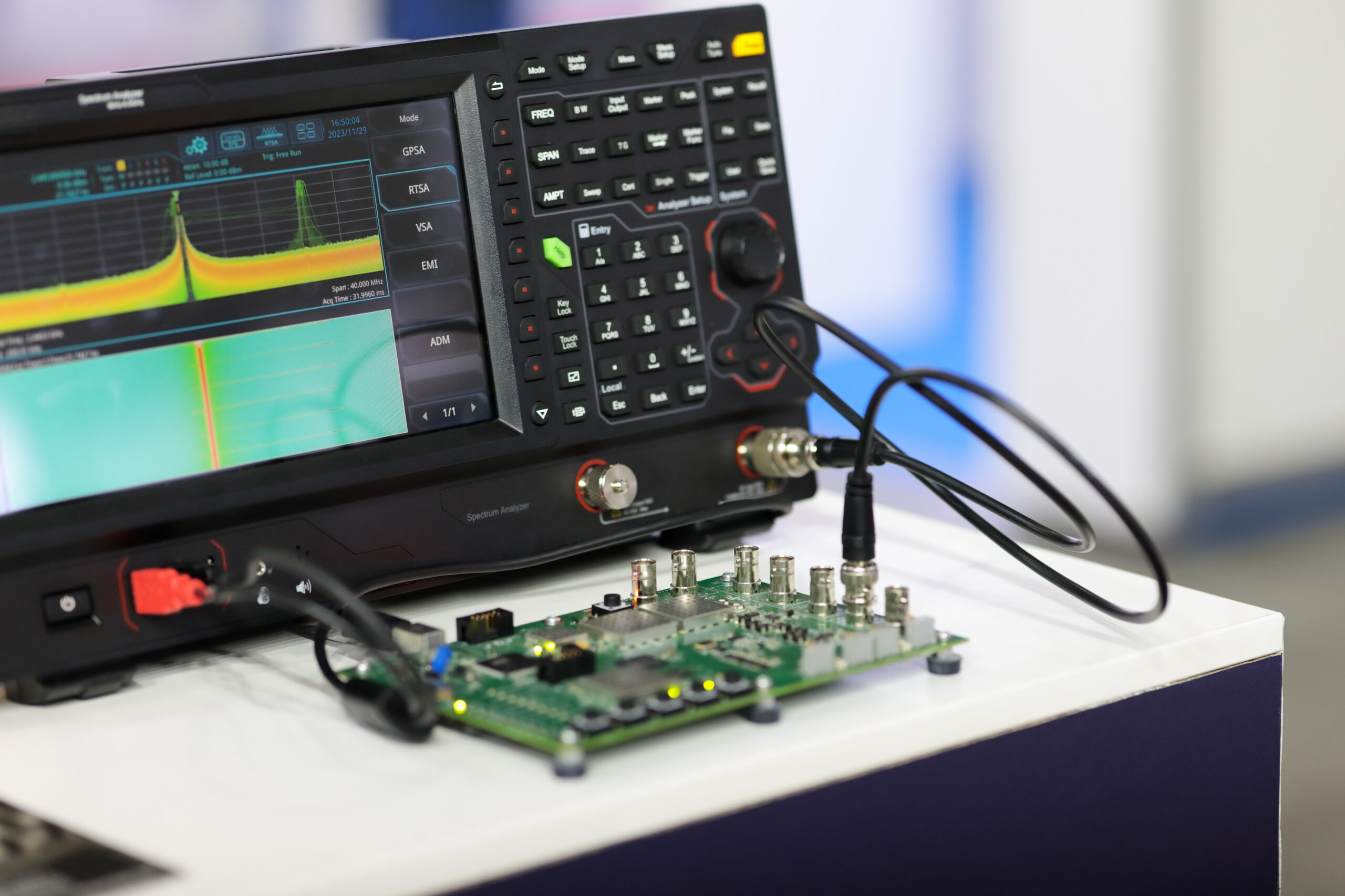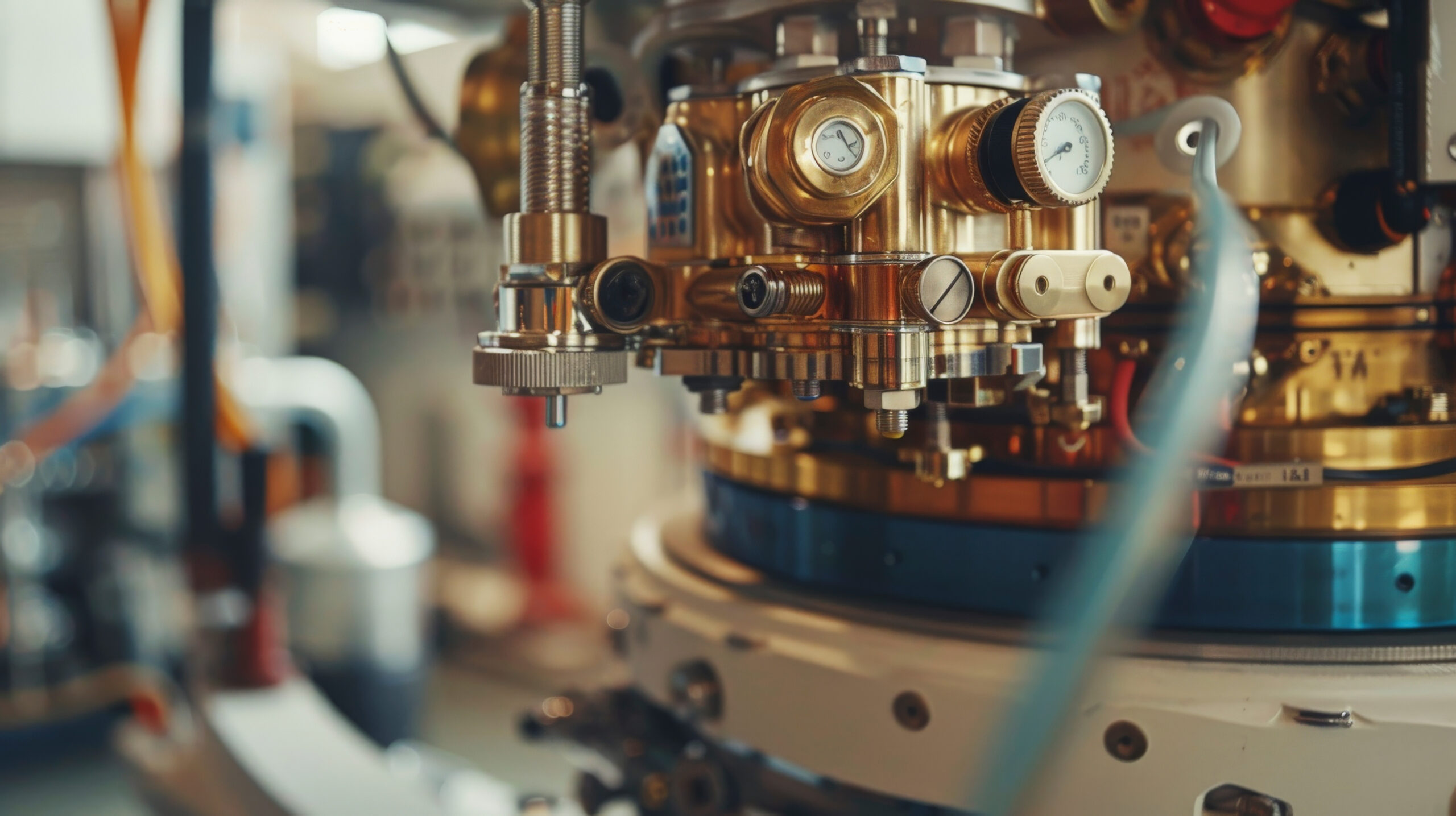Proper calibration is critical to your spectrum analyzer’s measurement accuracy. Frequency and amplitude calibration guarantee trustworthy data by minimizing drift, reducing response errors, and optimizing noise floor performance.
Before calibrating, verify RF connections, document existing calibration constants, and secure stable environmental conditions. Use traceable reference standards for both narrowband and broadband measurements. Maintaining regular calibration schedules prevents measurement artifacts and distinguishes actual signal characteristics from instrument-induced errors.
The detailed process below will transform your measurement precision.
Understanding the Role of Spectrum Analyzers in Signal Analysis
Workhorses of electronic measurement, spectrum analyzers transform invisible RF signals into visual representations that engineers can interpret and examine. These sophisticated instruments reveal critical signal characteristics including frequency response, amplitude, and noise components across a specified frequency range.
You’ll encounter two primary types: swept spectrum analyzers that sequentially measure signals across frequencies, and real-time spectrum analyzers that capture and analyze entire bands simultaneously. Your measurement quality depends directly on proper calibration procedures that optimize dynamic range, amplitude measurement accuracy, and resolution bandwidth settings.
Regular calibration at accredited calibration facilities guarantees your analyzer delivers trustworthy data for critical applications. When properly maintained, these instruments provide the precision needed for everything from communications testing to electromagnetic interference analysis.
Exploring the Impact of Calibration on Measurement Accuracy
Three critical measurement errors can plague even the most sophisticated spectrum analyzers when calibration is neglected. Frequency response errors directly affect amplitude measurement uncertainty across different frequency bands. The dynamic nature of electronic components causes gradual drift, compromising carrier phase noise measurements and digital modulation analysis. Your calibration plans must address these issues to guarantee reliable data.
Amplitude accuracy deteriorates as a function of frequency, with errors compounding at higher bands. Digital filters require precise calibration to maintain phase coherence in advanced signal analysis. Frequency response flatness impacts measurement integrity across your entire operating range.
Without proper calibration, these errors compound over time, making it impossible to distinguish between actual signal characteristics and instrument-induced artifacts—potentially leading to costly design or compliance failures.
Preparing for Spectrum Analyzer Calibration
Precision demands preparation before any spectrum analyzer calibration begins. Whether you’re working with benchtop spectrum analyzers or handheld spectrum analyzers, proper measurement setup is essential for accurate results across a wide range of frequencies.
Start by verifying your RF input connections are clean and secure, as loose connections can introduce frequency-dependent errors. Guarantee your calibration constants are documented for comparison, and prepare appropriate reference standards for both narrow bandwidth and broadband measurements. Your environment should maintain stable temperature and humidity levels to prevent drift during the process.
Different measurement techniques may be required depending on your analyzer type. For spectrum analyser amplitude calibration, you’ll need reliable reference signals that span the instrument’s entire operational range, guaranteeing accuracy across all measurement scenarios.
Detailed Step-by-Step Calibration Process
When approaching spectrum analyzer calibration systematically, you’ll achieve more reliable and consistent results. Begin with frequency calibration using traceable reference standards to establish accurate frequency response across your analyzer’s range.
Next, perform amplitude calibration to ascertain measurements reflect true signal levels, addressing any linearity issues that could compromise amplitude accuracy.
- Calibrate resolution bandwidth filters to verify they meet specified widths, directly impacting your ability to distinguish between closely spaced signals
- Verify phase measurement capabilities using known reference signals to confirm accurate complex signal analysis
- Check for intermodulation distortion and optimize noise floor performance to guarantee measurement integrity with complex signals
Complete the process with comprehensive verification tests that document performance improvements and establish NIST traceability for your calibration work.
Overcoming Common Calibration Challenges
Even the most meticulous calibration process can encounter obstacles that compromise measurement accuracy. When working with your vector signal analyzers, you’ll often face drift issues at the measurement plane where temperature fluctuations affect the preselector filter performance.
Optimize your noise floor by properly attenuating the input signal and using a suitable analyzer for specific power levels. Verify your measurements with a trusted power meter and power sensor combination to guarantee radio frequency accuracy across the spectrum.
For intermodulation distortion verification, use two signal generators with precisely controlled outputs. Their spacing should test the analyzer’s linearity without creating measurement artifacts. Remember that calibration challenges vary between spectrum analyzer types, but maintaining reference integrity at each connection point drastically improves your overall measurement precision.
Maintaining Spectrum Analyzers Between Calibrations
Regular professional calibration sets the foundation for accurate measurements, but you’ll need to keep up with maintenance routines between these formal services. When analyzing modern RF signals or weak signals from nonlinear circuits, even minor performance degradation can substantially impact results in the freq domain.
Check input loads monthly using known reference sources, especially if you frequently use the gated analysis option for complex waveforms. Monitor memory storage capacity and verify memory capacitor functionality to prevent data loss during critical measurements. Perform periodic self-tests to confirm the performance of circuits hasn’t degraded due to environmental factors.
Don’t wait until you notice measurement inconsistencies or encounter a flat battery situation during critical testing. Preventative maintenance guarantees reliable operation and extends your analyzer’s service life between professional calibrations.
Evaluating Professional vs. In-house Calibration Options
Three critical factors should guide your decision between professional and in-house spectrum analyzer calibration: cost structure, technical expertise, and equipment requirements. While in-house calibration may seem cost-effective initially, professional services like EML Calibration offer assembly level repair capabilities and specialized knowledge of block diagram complexities.
Consider your team’s proficiency with network analyzers and modulation analyzer functions. Professional calibrators possess large-signal network analyzers and precise reference standards essential for signal versus frequency measurements that your facility might lack. They can also identify underlying issues, such as battery issues affecting capture bandwidth accuracy.
For organizations prioritizing NIST traceability and accurate measurements, professional calibration typically provides superior documentation, repair services, and quality assurance that justify the investment despite higher upfront costs.
Maintaining Spectrum Analyzer Accuracy for Critical Signal Analysis
Spectrum analyzers are sophisticated instruments that require meticulous calibration to deliver the precise measurements essential for signal analysis, RF troubleshooting, and communication system verification.
By implementing a comprehensive calibration program that includes regular professional calibration, proper documentation, and staff training, you ensure your spectrum analyzers provide the accurate frequency and amplitude measurements that your technical operations depend on.
Remember that each calibration not only verifies current performance but also helps predict and prevent future issues through trend analysis. Don’t compromise the integrity of your signal analysis capabilities with inadequately calibrated equipment.
Contact EML Calibration today to leverage their expertise in spectrum analyzer calibration, supported by ISO/IEC 17025:2017 accreditation and NIST traceable standards. Whether you require on-site service to minimize downtime or prefer laboratory calibration for comprehensive assessment, EML‘s 25 years of experience ensures your spectrum analyzers maintain peak performance and measurement reliability.





